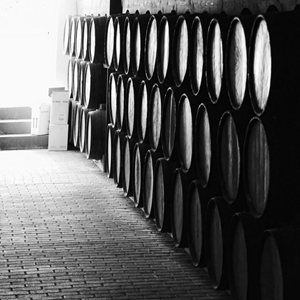 bank Wine Quarterly Q3: Adapting to a changing consumer landscape, states that the key to both drawing in new customers and remaining relevant to new generations of wine drinkers is to develop a consumer-centric strategy.
bank Wine Quarterly Q3: Adapting to a changing consumer landscape, states that the key to both drawing in new customers and remaining relevant to new generations of wine drinkers is to develop a consumer-centric strategy.“One of the most important developments in today’s wine market is a shift in the consumer base, in both geographic and in demographic terms.” explained Rabobank analyst Elena Saputo. “In non-traditional wine drinking countries, millennials are drinking more wine than any of the previous generations did at their age, while in traditional wine drinking countries, they are drinking less but better wine.”
Rabobank says that the need to adapt to an evolving global consumer landscape is presenting wine companies with a number of strategic challenges particularly in relation to the marketing of the products. Rather than ‘diluting’ well-established brands to appeal to consumers of the future, Rabobank say that progressive companies have developed new brands with a fresh look and feel that fit with the needs and preferences of the new consumers.
“As mainstream wine demand is shifting, a more attuned, bolder and progressive approach is necessary for global wine companies to win market share and pricing power in an increasingly complex and dynamic global market landscape,” the report states.
In terms of international supply of wine, exports in Europe fell for the major producers in the first four months of 2014, despite countries such as Spain seeing a 17 percent increase in volumes. In the Northern Hemisphere, US exports grew 3.2 percent by volume and 1.9 percent by value.
In the Southern Hemisphere, there were contrasting shifts in export volumes in countries such as New Zealand and Chile, who recorded a 25.3 percent rise and 8.9 percent decline in volumes respectively.





